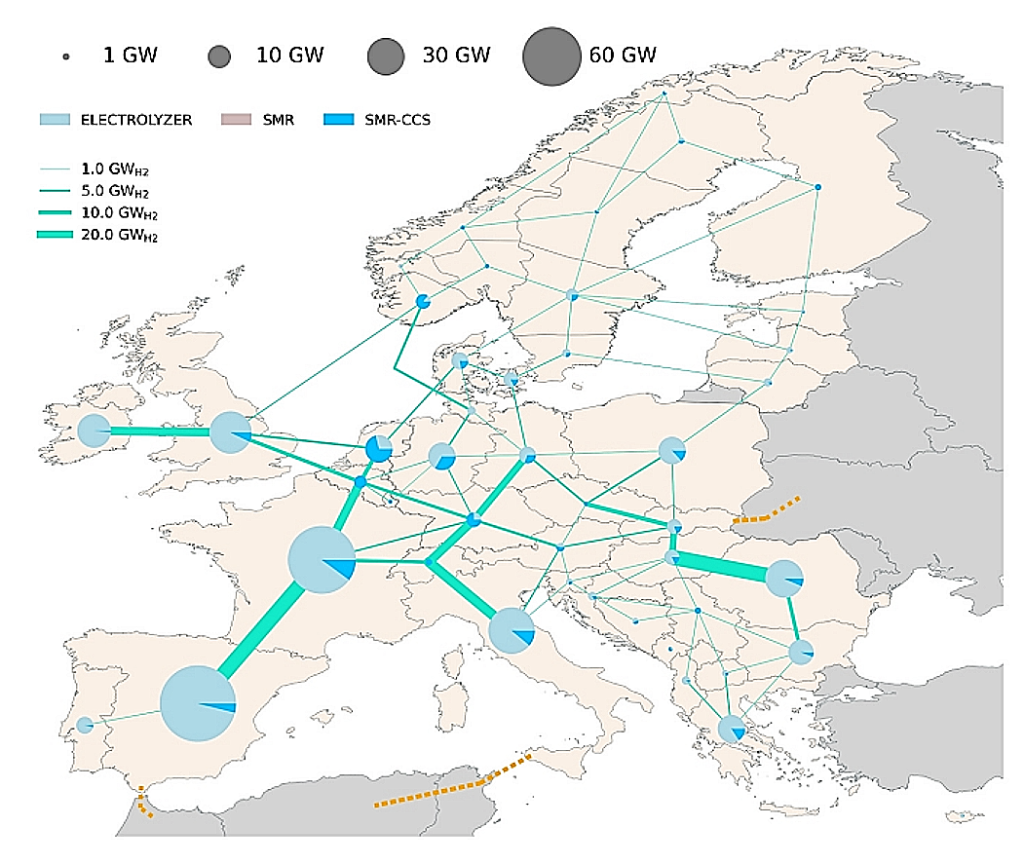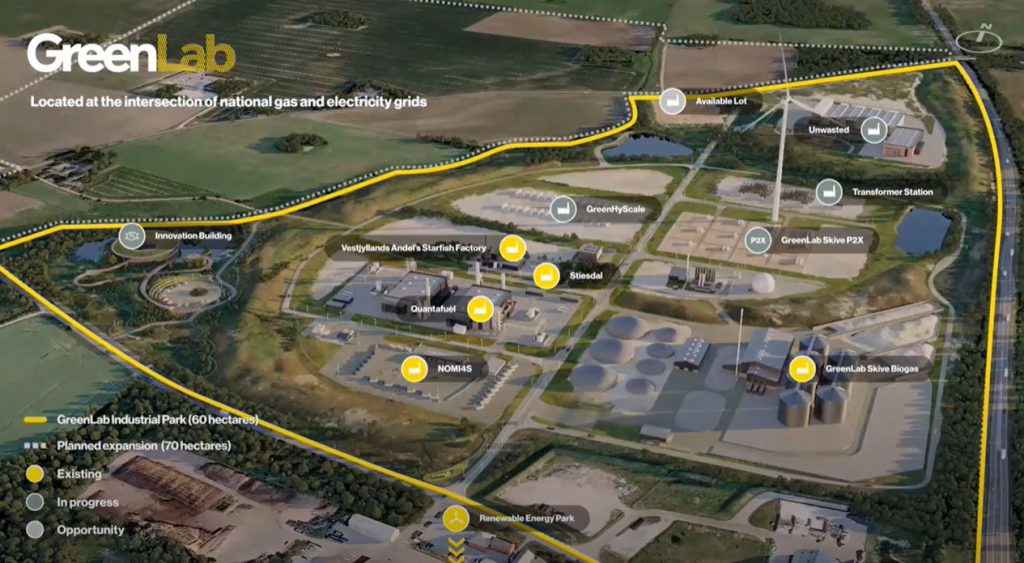Perspectives on green hydrogen in Europe – during an energy crisis and towards future climate neutrality

Perspectives on green hydrogen in Europe – during an energy crisis and towards future climate neutrality Hydrogen and regional energy infrastructure are significant for the European Green Deal and was focus of the SuperP2G research project (Synergies Utilising renewable Power Regionally by means of Power to Gas). Five national projects (Denmark, Netherlands, Germany, Austria, and […]
The Austrian Case

The national case of Austria has the objective to promote regional integration of renewable energy across energy vectors by providing a methodology for assessing future demand for renewable H2 and SNG for the industry, including aspects of cost development based on existing tools of MOVE, Collect, Prestige and the goal to develop the methodology and […]
The SuperP2G webtool

SuperP2G improved existing evaluations methods and developed new open access tools which were presented during the SuperP2G closing conference. These tools, databases and methodologies were improved by the insights of the different case studies as well as the crossinsemination. This resulted in a tool-kit for P2G modelling on regional, national and European level that was […]
Workshop in Denmark

Stakeholder involvement was an important part of the SuperP2G gas project. This was achieved through in-depth workshops with the respective national partners. Here you will find the final workshop of the Danish case, where the tools and final results were presented and discussed with practitioners. The presentations and the corresponding videos: 1 SuperP2G final workshop […]
The German Case

Under the SuperP2G project, DVGW Research Center at Engler-Bunte Institute (DVGW-EBI) conducted a technical and economic evaluation of various methanation and CO2 capture technologies. The EcoMeth tool was upgraded to integrate additional technologies, including cooled fixed bed methanation and three-phase-methanation. Different methanation plants were modeled in ASPEN and CAPEX was calculated using the factor method […]
Energy Economics and Modelling (EEM)

Vision of the EEM Section EEM is one of the main groups for quantitative energy systems, regulation andmarket analysis in Europe and continues to contribute to the successful implementation of the energy transition. Implementation of the Vision: 1. Publishing in the best journals in the field (e.g. Energy Economics, Energy Policy, Nature Energy, Joule, The […]
SuperP2G – Synergies Utilising renewable Power REgionally by means of Power-To-Gas

The Project at a glance • SuperP2G interconnects leading P2G initiatives in five countries, ensuring joint learning. • Each national project focuses on different challenges, where researchers team up with local need-owners to co-create solutions. • SuperP2G focuses on improving existing evaluation tools including open access, as well as develop a new open tool. • […]
Articles in the Danish press about SuperP2G and our partners from Greenlab Skive

Besides scientific publications, results from our project partners like Greenlab Skive were also published in the Danish press. They will have Denmarks first commercial hydrogen pipe and implement many more new innovations. See the articles below to find out more! Brintinfrastruktur handler om meget mere end brint – Hydrogen infrastructure is about much more than […]
Analysis of Power-to-Gas plant configurations for different applications in the Italian framework

The increase of renewable power production and the need to reduce CO2 emissions stimulated the smart utilization of electricity for the conversion of CO2 into valuable feedstocks. Power-to-Gas (P2G) allows to convert and store renewable power into chemical energy (a gaseous fuel), thus favoring the interconnection between the electric and gas grids. There are many […]
Economic feasibility of green hydrogen in providing flexibility to medium-voltage distribution grids in the presence of local-heat systems

The recent strong increase in the penetration of renewable energy sources (RESs) in medium-voltage distribution grids (MVDNs) has raised the need for congestion management in such grids, as they were not designed for this new condition. This paper examines to what extent producing green hydrogen through electrolyzers can profitably contribute to congestion alleviation in MVDNs […]

